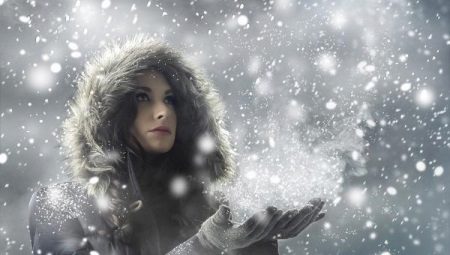The choice of a quality, warm and comfortable winter down jacket depends not only on its style, length and manufacturer. The main indicator of its durability and ability to keep heat is a filler.
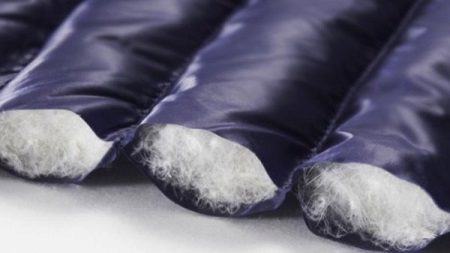
Types of Fillers
By their origin, fillers are divided into 2 groups: natural and artificial.
Each group has its own advantages and disadvantages. For example, natural fillers hold heat better, but are harder to care for. Synthetic warm worse, but do not cause allergies.
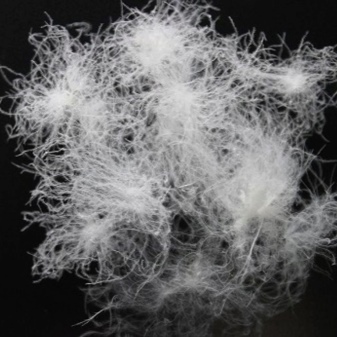
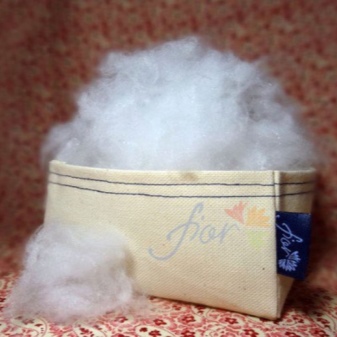
Natural fillers
Fluff
The most popular natural filler, thanks to which the name “down jacket” appeared. Its advantages include excellent heat-saving ability, softness, lightness, and durability.
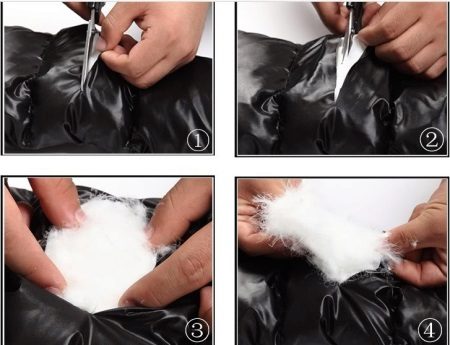
Among the shortcomings, it should be noted the high cost, special conditions for cleaning or washing, the possibility of allergic reactions.
As a heater, the fluff of a goose, duck, swan or eider is most often used.
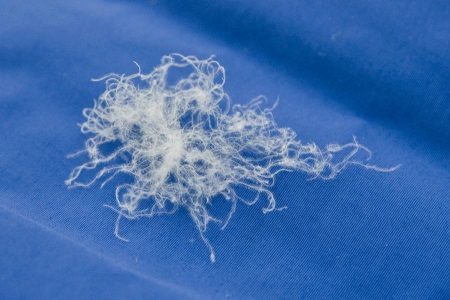
Eider down
It is considered the warmest, but also the most expensive of the fillers presented. Ideal for the harshest climates and for long walks in the fresh air.
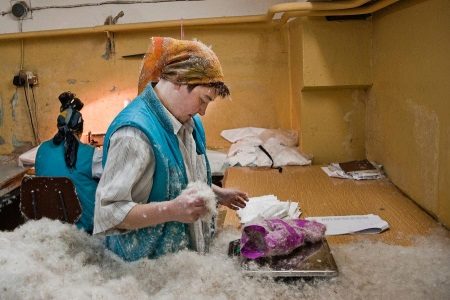
Duck and goose down
This is the most common option. Most often, it is additionally mixed with a synthetic filler, this can significantly reduce the cost of a down jacket.
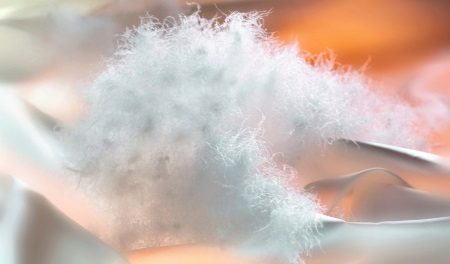
Fluff + feather
Down jackets filled with pure down belong to the most expensive price category of down jackets. Most often, you can find the ratio of down to feather - 80/20 and 70/30, where the first indicator is the percentage of down.
The higher the first indicator, the more adapted to the colder and harsher conditions the down jacket.
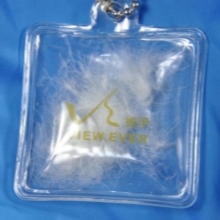
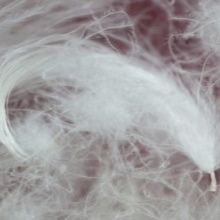
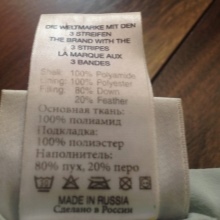
Clothing with a percentage ratio of down to 70% can be worn in the spring and autumn.
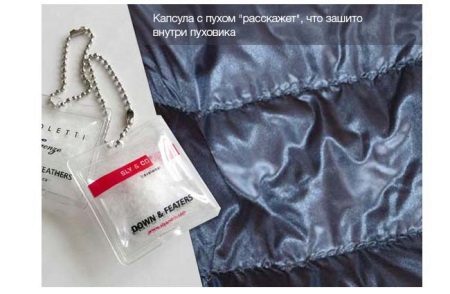
Data on the composition of the filler is usually indicated on the label.
If the label says "100% down", this means that the filler is fluff. The inscription “feather” means that the filler is fluff + feather. "Intelligentdown" - fluff + synthetic filler.
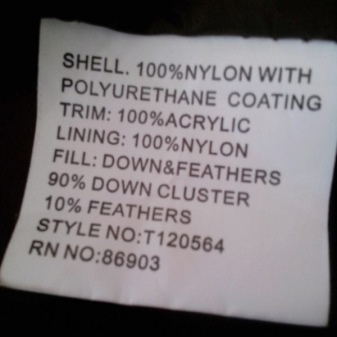
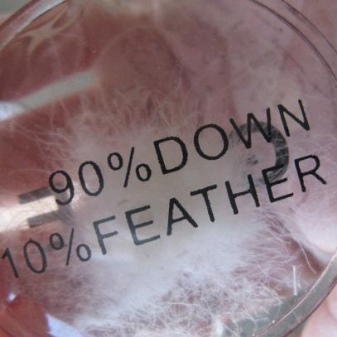
Wool
Outerwear with a woolen filler can be called a down jacket only conditionally, because it does not contain fluff, as such. Rather, it is already a winter jacket.
The advantages of wool include the excellent ability to retain heat and low cost.
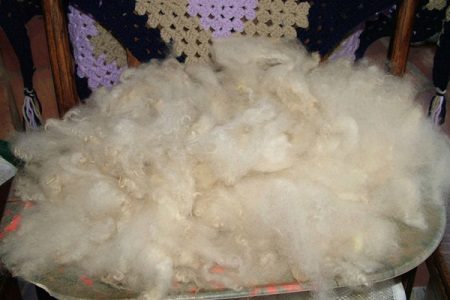
Disadvantages: the possibility of shrinkage during washing, the possibility of allergic reactions, high weight.

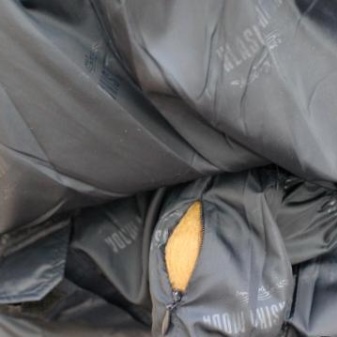
Artificial Fillers
Synthetic winterizer
This is an inexpensive synthetic material that does not absorb moisture and retains heat well. Its significant disadvantages include a loss in volume after the first wash.

Isosoft
Thin, lightweight material that repels moisture and retains heat perfectly. A down jacket with such a filler dries quickly after washing and does not lose its original appearance even after a long period of wear.
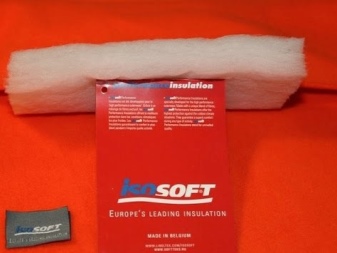
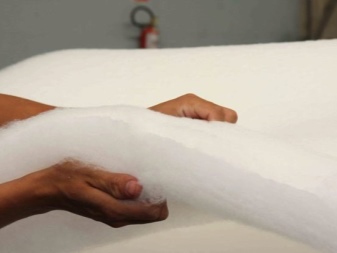
Hollofiber
Hollofiber is a synthetic filler in the form of spiral fibers. Lightweight, warm, hypoallergenic, fairly voluminous material.
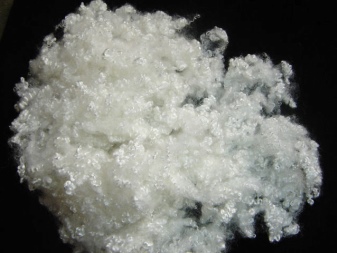
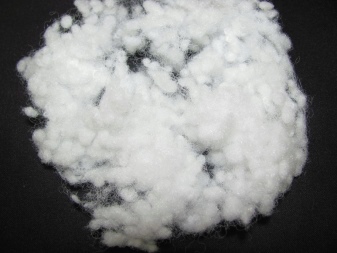
Sintepuh
Often, a mixture of natural and artificial fillers is used as a filler for a down jacket. Sintepuh has excellent performance properties, it is very lightweight, retains heat perfectly, well tolerates washing and drying.
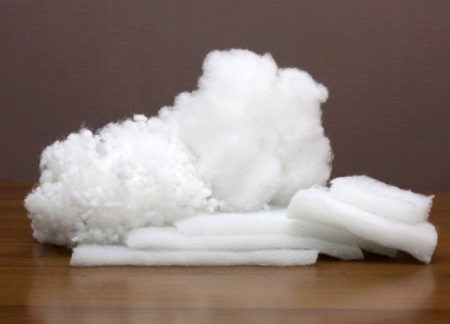
Other fillers
Among other fillers of artificial origin, tinsulate, primoft and many others can be noted.
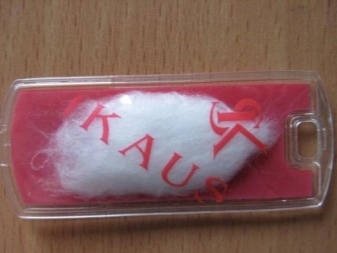
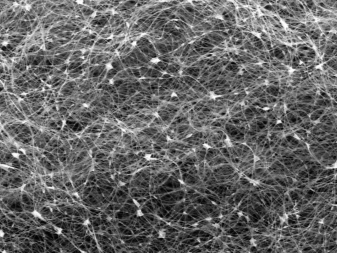
Selection rules
- For the down jacket to warm reliably on the coldest winter days, it is necessary that it contains at least 500 - 600 g of filler.
- In order for the insulation to be distributed as evenly as possible over the surface of the down jacket, it is placed in special square or rectangular blocks. The insulation must move freely inside the unit, not prick and not form lumps.
